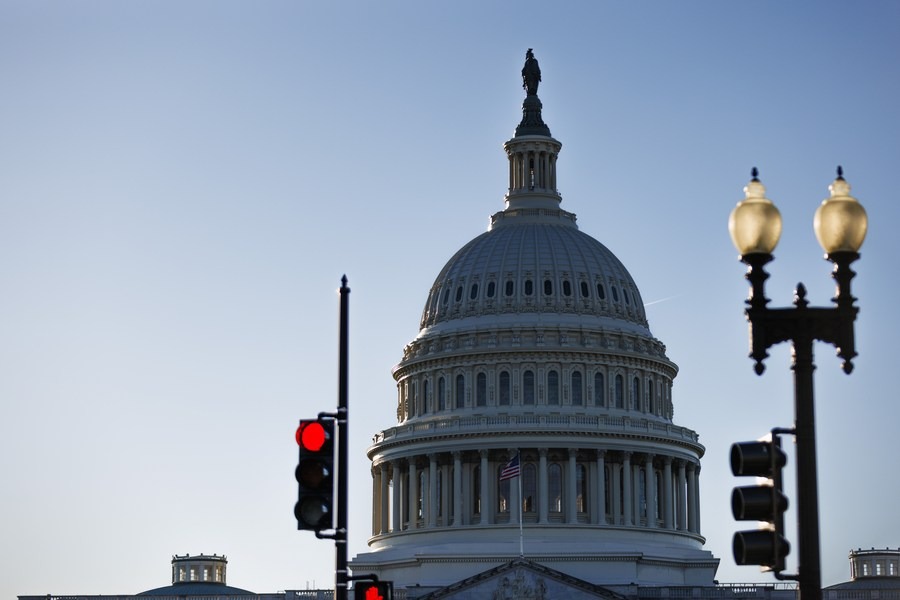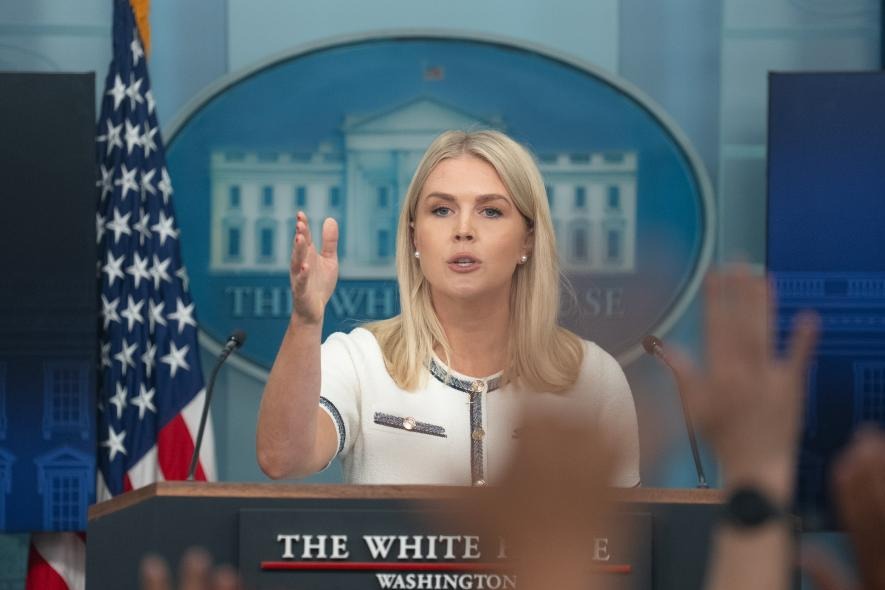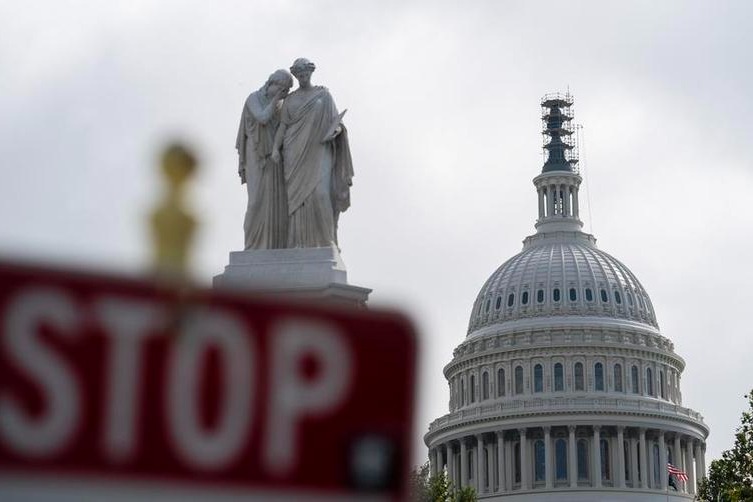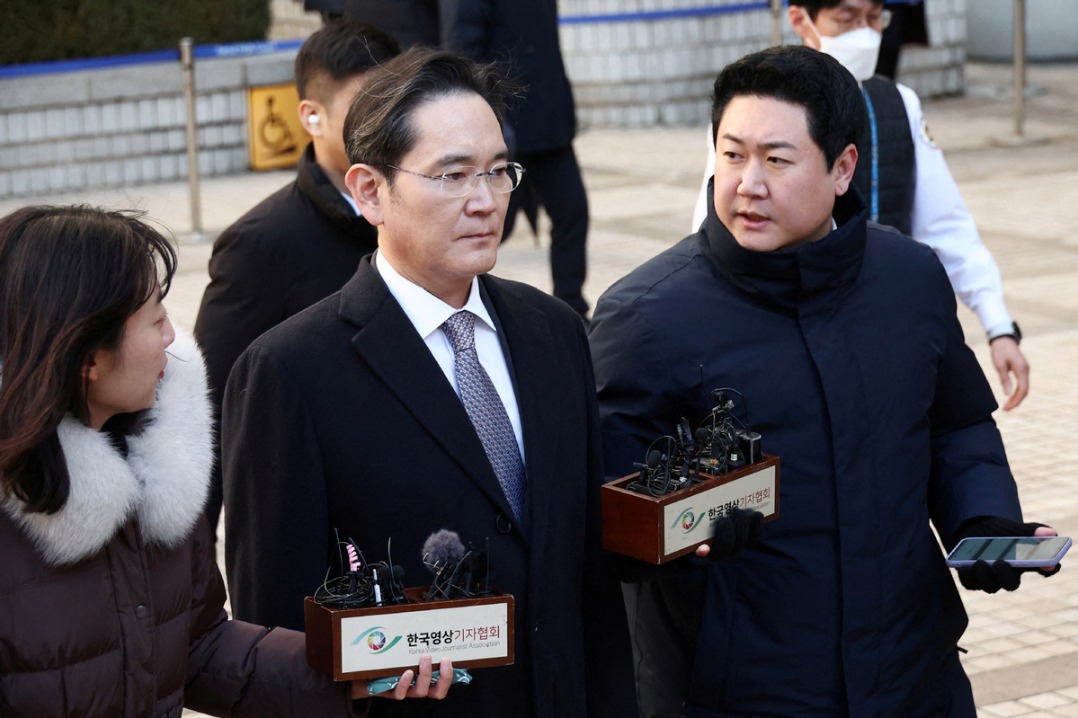China recommits to no-first-use for nukes

China's latest recommitment to no-first-use of nuclear weapons at any time and under any circumstances is noteworthy, as compared with a new US nuclear doctrine that does not commit to a similar policy and is noncommittal about scenarios for using nuclear weapons first.
The US Defense Department's Nuclear Posture Review, released on Feb 2, outlines the Pentagon's plans to expand its nuclear capabilities to deter others. It claimed that China's "lack of transparency regarding the scope and scale of its nuclear modernization program raises questions regarding its future intent".
If not intending to do something is also a "future intent", here is an important one from Beijing.
In his comments on the nuclear policy document on Sunday, Ren Guoqiang, spokesman of China's Ministry of Defense, said China "always abides by the principle of no-first-use of nuclear weapons under any circumstances" and will "unconditionally not use or threaten to use nuclear weapons against non-nuclear weapon states".
This diverges remarkably from the Pentagon's posture, which said, "[T]he United States has never adopted a 'no-first-use' policy and, given the contemporary threat environment, such a policy is not justified today."
Lisbeth Gronlund, a fellow of the American Association for the Advancement of Science and the American Physical Society, said the Trump administration's Nuclear Posture Review (NPR) lays out a policy that will make the use of nuclear weapons more likely and undercut US security.
"The new policy described in the NPR broadens the scenarios under which the United States would use nuclear weapons first, thus lowering the threshold for first use," she said in a post the same day the nuclear policy document was released.
The document explicitly lists a wide array of non-nuclear attacks that could constitute grounds for a US nuclear response, she said.
These non-nuclear attacks, which are parts of the extreme circumstances the NPR identifies to trigger the use of nuclear weapons, "include, but are not limited to, attacks on the US allied or partner civilian population or infrastructure, and attacks on US or allied nuclear forces, their command and control, or warning and attack assessment capabilities".
In a talk with the National Public Radio aired on Jan 28, Alexandra Bell of the Center for Arms Control and Non-Proliferation in Washington, also said the new policy document has widened the options of use of nuclear weapons.
"The Trump plan actually puts multiple options on the table - nuclear weapon in response to a chemical attack, to a biological weapons attack, to an attack on civilians without a real description of where that threshold is and really widens the options for President Trump to use nuclear weapons," Bell, Senior Policy Director of the center, said.
The Pentagon document said it remains the policy of the United States to retain some ambiguity regarding the precise circumstances that might lead to a US nuclear response.
This same rationale, however, could be also employed by nuclear weapon states, including China, to retain ambiguity regarding the "scope and scale" of their stockpiles.
There is, however, one certainty regarding the size of China's nuclear arsenal, which the leading news agencies had reported in stories about the Nuclear Posture Review over the weekend.
Agence France-Presse said on Sunday, "Upgrades to its (China's) nuclear arsenal have received less attention, partly because of its small size, estimated by the Stockholm International Peace Research Institute at just 270 warheads compared to 6,800 for the US."
The Associated Press reported that the US and Russia each have about 7,000 warheads, or about 20 times as many as Beijing.
Gregory Kulachi, a senior nuclear analyst with the Union of Concerned Scientists, a nonprofit science advocacy organization at the Massachusetts Institute of Technology, also noted that after a half-century of continuous incremental "modernization", China's nuclear arsenal is smaller than the US nuclear arsenal was in 1950.
At a news briefing at the Pentagon on Feb 2, Anita Freidt, deputy assistant secretary in the Bureau of Arms Control, Verification, and Compliance of the US State Department, said, "We've long sought to have dialog with China to -- specifically to discuss and enhance our understanding of nuclear weapon issues, to help manage the risk of miscalculation, misperceptions."
Perhaps Washington needs to put aside its Cold War mentality before proceeding to the dialogues, which hopefully will shed light on the intentions of China's development and contribute to playing down the threat of Beijing's nuclear strength as felt by the world's most powerful nuclear country.
Contact the writer at huanxinzhao@chinadailyusa.com

































